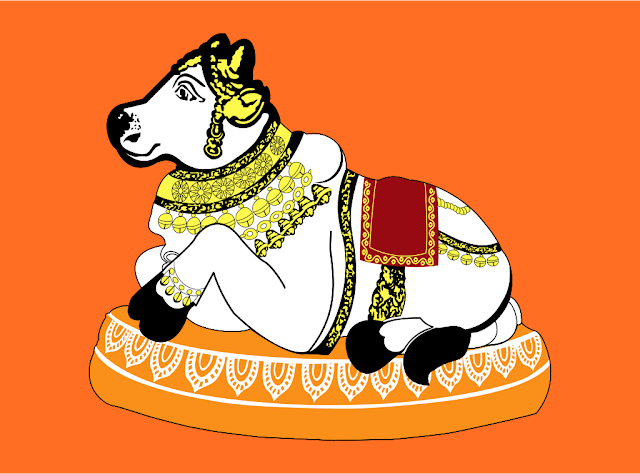Baroda Museum Building (Photo source: internet)
Here are
some photographs taken of this magnificent building by me. One would be focusing
on the art pieces housed therein in subsequent posts.
Talking about Museums,
one generally discusses the art pieces, artifacts, paintings etc. stored and on
display there. One does not usually deal with the building hosting these art
pieces. However there are some museum buildings in the world which need to
admired and cherished for their own architectural values. I had the privilege
of visiting one such Museum in Vadodra (Baroda) India earlier in January this
year.
The Baroda Museum & Picture Gallery in
Vadodra (Baroda) was built in 1894 on the lines of the Victoria &
Albert Museum and the Science Museum in London. Major Mant in association with R.F. Chisholm who
refined some of Mant's finest works to make genuine Indo – Sarcenic architecture
designed the Building of this Museum.
Indo-Saracenic, also known
as Indo-Gothic, was a revival
architectural style mostly used by British architects in India in the later
19th century, especially in public and government buildings of the British Raj,
and the palaces of rulers of the princely states, reflecting and imitating
contemporary and earlier high Indian architecture.
It sought to replicate from Imperial
Indian architecture, including Rajasthani, Mughal and Maratha eras, which the
British regarded as the classic Indian style.
The basic layout and structure of the
buildings shared commonalities to that used in contemporary buildings in other
styles, such as Gothic Revival and Neo-Classical.
Saracen was a term used in Europe
until the 19th century referring to Muslim and/or Arabic-speaking people and
regions of the Middle East and North Africa.
Maharaja Sayajirao Gaekwad III
belonging to the Gaekwad dynasty
of Marathas, founded the museum in 1887. The museum building was completed in 1894,
when it opened to the public. Construction of the art gallery commenced in
1908, was completed in 1914, but did not open until 1921 as the First World War
delayed transfer of pieces from Europe intended for the gallery.
(Text based on information on the internet)

























































